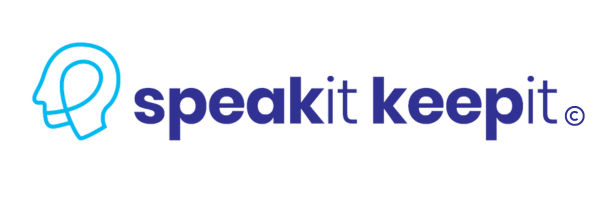Have you ever experienced a situation where a particular event or a person has left such a lasting impact on you that you cannot forget it? It is likely because that event or person triggered an intense emotional response in you.
Or have you ever been asked a question and you know the answer but just can’t remember the answer clearly? You may even say, ‘It’s on the tip of my tongue!’. At that moment, typically an emotion rises and after a few moments your conscious mind moves onto the next task. But what about your subconscious mind? Why does it continually search for the answer to your question?
When individuals learn something new, they activate their brain’s neural networks, which create new connections between brain cells. These connections are strengthened when emotions are involved, making the memory more vivid and easier to recall in the future. When emotions such as curiosity, excitement, or surprise are present during the learning process, the brain is more likely to retain the information.
Emotion has long been connected to memory and researchers have found that heightened emotions can significantly impact the memory process. Emotions can signal our subconscious brain to strengthen connections in other neural networks of the brain involved in memory formation. When someone asks you a question, but you can’t remember the answer, the emotion that arises signals the subconscious to search for the answer while you do other things. Our workshop teaches students to use emotions to trigger the subconscious before learning experiences. The goal is to activate emotions in the realm of competitiveness, eagerness and curiosity.
Emotion is a powerful tool that activates the subconscious mind, which is responsible for most of our automatic actions, habits, and beliefs. By triggering this part of the brain, individuals can enhance their learning outcomes and overall cognitive abilities. One familiar emotion seen when students are learning is curiosity. Students who display curiosity often have a higher learning state compared to students who are bored. Curiosity is a driving force behind learning and creativity, and it stimulates the brain’s reward centers, which release dopamine, a feel-good chemical that increases motivation and focus.
When students are not curious or engaged, they sleep, day dream or simply write down what they hear like ‘mindless scribes’. They are not critically thinking, but rather functioning like a copy machine. In our workshop we teach students to make their notes into a script. This reframes their mindset and prepares them to recite their notes. In our learning workshop students are encouraged to further awaken emotion by acting like the teacher’s assistant. Their notes are literally their script, they improvise where needed and add emotion as desired. After experiencing this students have awareness of how they want to incorporate acting into their learning process. Emotions, visuals and words are all stored like a story in the minds of actors/actresses. Have you ever wondered how actors/actresses recall the lines to speak, facial expressions to show, emotions to embody and location or action to perform? This is possible when their whole mind is active in learning and they are emotionally engaged.
To understand the impact of emotion on learning, it is essential to realize that how information is presented can affect the emotional state of students. Emotions can create a positive atmosphere where learners can feel motivated and engaged. If the learning experience is dull or lacking in spark, there is a high probability that learners will not be able to retain the information or use it in a practical sense. Considering that students spend many hours in lectures, which are passive learning environments, it’s easy to see how depression, boredom, stress and hopelessness can become a students’ emotional home.
The bottom line is that emotions play a crucial role in memory formation and recall. By creating a positive learning atmosphere through exciting and engaging experiences, students can enhance their memory and brain power. Our workshop helps students use emotion to generate this atmosphere before each lecture. By activating the amygdala, the emotions alter the experience and enhance the brain’s capacity to retain and recall patterns and information. This helps students maintain an active learning state even while in a passive learning environment like lectures. The Speak it to Keep it workshop teaches students how to deliberately create emotional states to enhance their learning outcomes.
Related Post: How Using Competition Can Enhance Learning
Related Post: How Emotion Changes Your Note Taking

